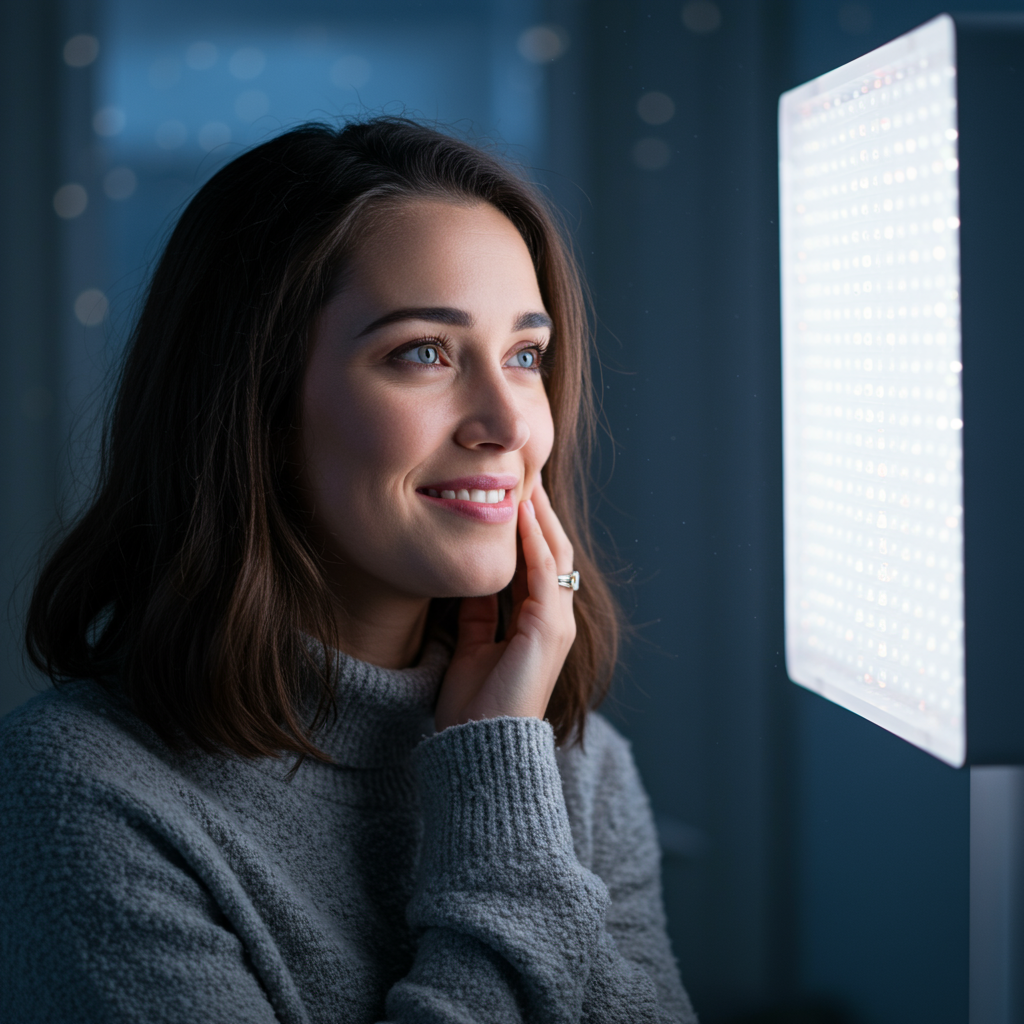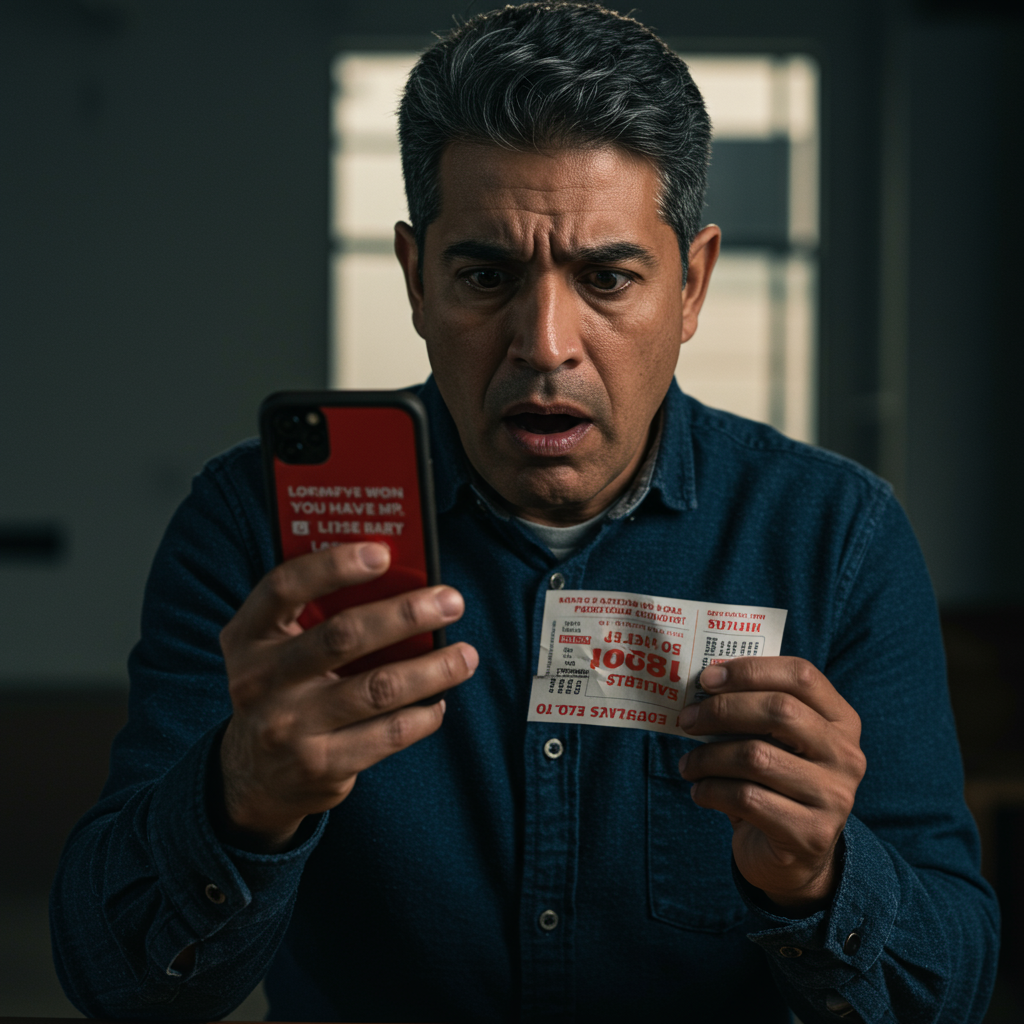As autumn’s vibrant hues fade into shorter, darker days, many experience a noticeable shift in their mood and energy. This annual phenomenon, often called the “winter blues” or, in its more severe form, Seasonal Affective Disorder (SAD), affects millions. But there’s a powerful, proven intervention that can help reset your internal clock and brighten your outlook: light therapy. Starting now, as daylight begins to diminish, could be your key to a more vibrant fall and winter.
Understanding the Seasonal Mood Shift
Have you found yourself sleeping longer, craving comfort foods like pasta or sweets, or simply feeling a general lack of enthusiasm? You’re not alone. Approximately 1 in 20 adults in the U.S. grapple with seasonal affective disorder, a type of recurrent depression tied to seasonal changes. Many more experience milder, yet still impactful, symptoms often referred to as the “winter blues.” These feelings aren’t just in your head; they stem from a biological response to changing light exposure.
Our bodies rely heavily on natural light to regulate vital functions. Michael Terman, a retired professor from Columbia University specializing in clinical psychology and psychiatry, highlights this connection. He explains that our internal “master clock” needs a daily reset. Light entering our eyes provides the crucial cue for this reset. This process synchronizes our circadian rhythms – the 24-hour cycles that govern our sleep-wake patterns, hormone release, and even body temperature – with the outside world. As daylight shrinks, this natural reset can become disrupted, leading to a “drifting circadian clock” and a cascade of mood and energy changes.
The Proven Power of Bright Light Therapy
Fortunately, decades of research confirm that bright light therapy can be a game-changer. Dr. Dorothy Sit, a psychiatrist and associate professor at Northwestern University, has extensively studied its effects. She states that using bright light therapy, particularly in the morning, is “extremely helpful to reverse some of the symptoms of seasonal depression.” This isn’t just a folk remedy; it’s a science-backed approach.
Studies show light therapy can be as effective as standard antidepressant medications in alleviating symptoms. For some, combining light therapy with medication offers even greater benefits. What’s more, many individuals report symptom improvements within just one week of consistent use. This rapid response makes it an appealing option for those seeking relief from the encroaching darkness. Dr. Sit emphasizes that despite its efficacy, bright light therapy remains an “underrecognized treatment option.” Its benefits extend beyond clinical depression, helping those with milder seasonal mood dips too.
How Light Therapy Works to Reset Your System
When you sit in front of a specialized light box, it delivers a concentrated dose of bright light. This artificial light mimics the intensity of natural morning sunlight. This powerful signal then travels through your eyes to the brain’s master clock. It effectively “resets” your internal rhythm, correcting the disruption caused by reduced daylight. This daily reset helps restore balance to your body’s natural sleep and wake cycles. It can also positively influence neurotransmitters involved in mood regulation.
Implementing Light Therapy: Your Practical Guide
To harness the full potential of light therapy, specific guidelines are crucial. It’s not just any bright lamp. The Center for Environmental Therapeutics, an organization dedicated to educating the public on non-medication treatments, offers clear recommendations. Michael Terman, who presides over this nonprofit, advises on selecting and using devices effectively.
Choosing the Right Light Box
The effectiveness of your therapy hinges on the quality of your device. Not all light boxes are created equal.
Lux Level is Key: Your light box must emit 10,000 lux of light. “Lux” measures brightness. Devices with lower lux levels simply won’t provide the necessary therapeutic dose.
Screen Size Matters: Opt for larger screens. The Center for Environmental Therapeutics highlights that “smaller sizes increase the likelihood that small head movements reduce the 10,000 lux dose.” A larger screen ensures more consistent exposure to the required light intensity.
Clinical Standards: Prioritize models that meet the standards of devices tested in clinical trials. This ensures you’re investing in a proven, effective tool.
Avoid Glare: Choose models that allow for downward projection towards your eyes at an angle. This helps minimize uncomfortable glare.
Optimal Usage for Maximum Benefit
Once you have the right device, consistency and correct usage are paramount. Think of it like taking a medication; adherence is key.
Start Early: Begin your light therapy in the fall, ideally before deep winter symptoms set in. This preventative approach can help fend off seasonal depression.
Morning Routine: Make it part of your daily morning ritual. Dr. Sit stresses this point, noting that consistent daily use leads to an “enduring effect throughout the fall and winter.”
Duration: Typically, 30 minutes each morning is effective. Place the light box about an arm’s length away.
Personalized Dosing: “Just as with a drug, light has to be dosed,” Terman advises. Start with 30 minutes. If you only feel a small energy boost, consider increasing to 45 minutes. If you feel jittery or over-stimulated, reduce the time. Listen to your body and adjust accordingly.
Beyond the Light Box: A Holistic Approach to Winter Wellness
While light therapy is a powerful tool, it’s part of a larger picture of winter wellness. Dr. Jamie Zeitzer of Stanford University reminds us that lack of light isn’t the sole trigger for low mood. Cold, snowy weather can reduce outdoor activity and increase social isolation, which can also contribute to depressive feelings.
Therefore, for truly robust mental well-being during darker months, consider a multifaceted strategy:
Stay Connected: Light therapy won’t solve social isolation. Make conscious efforts to reach out to friends and family. Engage in activities that bring you into contact with others.
Embrace Movement: Regular physical activity and exercise are powerful mood boosters. Even short walks during daylight hours can make a difference.
Nourish Your Body: A healthy diet contributes significantly to overall mood and energy.
Find Joy: Cultivate habits that bring laughter and positive experiences into your day.
- Prioritize Sleep: Beyond light therapy, maintaining good sleep hygiene (consistent sleep schedule, comfortable environment) supports healthy circadian rhythms.
- www.npr.org
- www.npr.org
When to Seek Professional Guidance
Bright light therapy offers immense benefits for many. However, it’s always wise to discuss your symptoms and treatment options with a healthcare provider. They can help diagnose your condition, rule out other causes for your symptoms, and recommend the best course of action. This ensures you receive the most appropriate and effective care for your individual needs.
Frequently Asked Questions
What is seasonal affective disorder (SAD) and how does light therapy help?
Seasonal Affective Disorder (SAD) is a type of depression that recurs with specific seasons, most commonly appearing in the fall and winter as daylight hours shorten. Symptoms often include increased sleep, changes in appetite (especially craving carbohydrates), and a general low mood. Light therapy helps by exposing you to bright, artificial light that mimics natural sunlight. This signal, entering through your eyes, helps reset your brain’s master clock, which regulates your circadian rhythms and sleep-wake patterns, compensating for the lack of natural light.
What are the essential specifications for an effective light therapy box?
For a light box to be effective in treating seasonal mood changes, it must meet specific technical requirements. The most important is that it should emit 10,000 lux of light. Additionally, experts recommend selecting models with larger screens, as this ensures more consistent light exposure even with small head movements. It’s also advised to choose devices that have been tested in clinical trials to ensure their efficacy and safety. Positioning the light box to project downward at an angle helps avoid glare.
When should I start using light therapy for winter blues, and for how long each day?
Experts recommend starting light therapy proactively in the fall, ideally before the darkest winter months fully arrive and symptoms become severe. This can help prevent the onset of seasonal mood dips. For daily use, most individuals benefit from sitting in front of a 10,000-lux light box for approximately 30 minutes each morning. It’s important to make this a consistent part of your daily routine for sustained effects throughout the fall and winter. You can also adjust the duration slightly based on how you feel, increasing to 45 minutes if needed or decreasing if you feel overly stimulated.
Embrace a Brighter Season
You don’t have to simply endure the emotional and physical drain that can accompany the darker months. Light therapy presents a scientifically supported, accessible solution to combat seasonal affective disorder and the milder “winter blues.” By understanding its mechanisms, choosing the right device, and committing to a consistent morning routine, you can proactively enhance your mood and energy. Remember to complement this powerful tool with other wellness strategies like social connection and physical activity, and always consult a healthcare professional for personalized advice. Equip yourself with knowledge and tools now, and step into the coming season feeling more vibrant and resilient.




